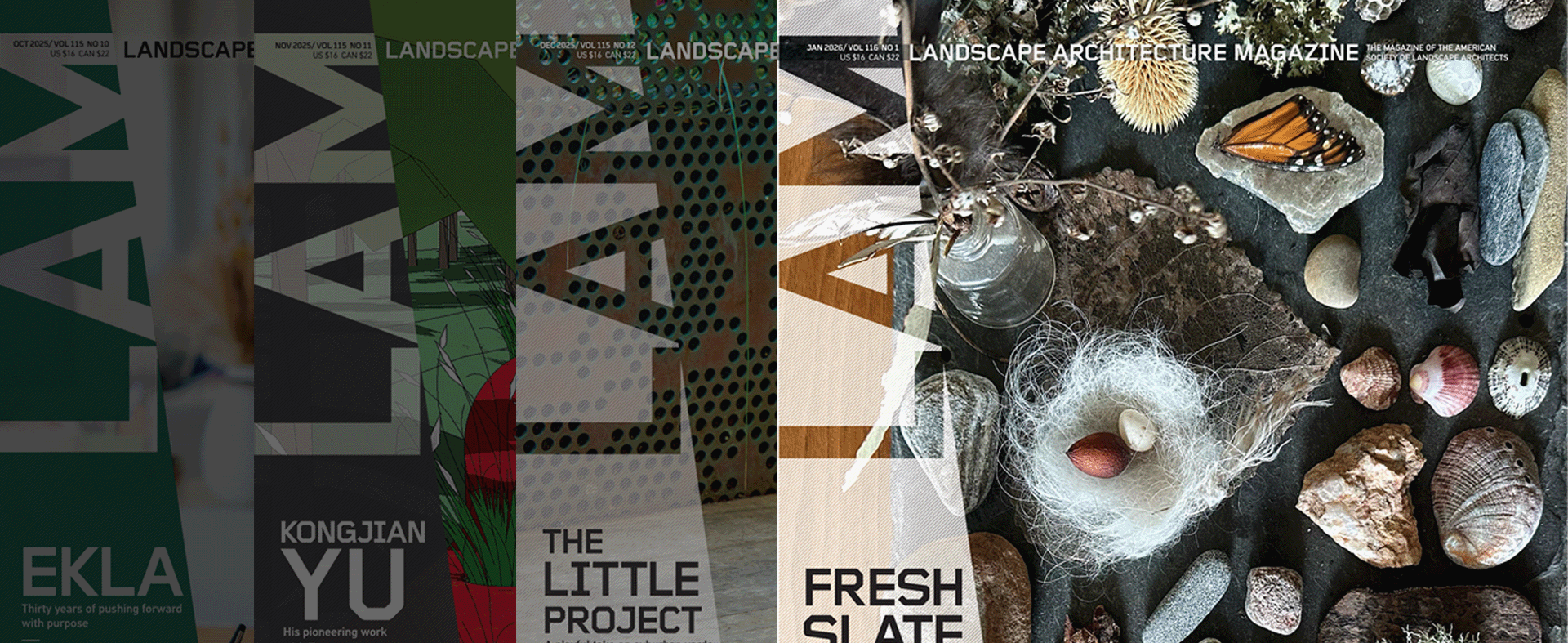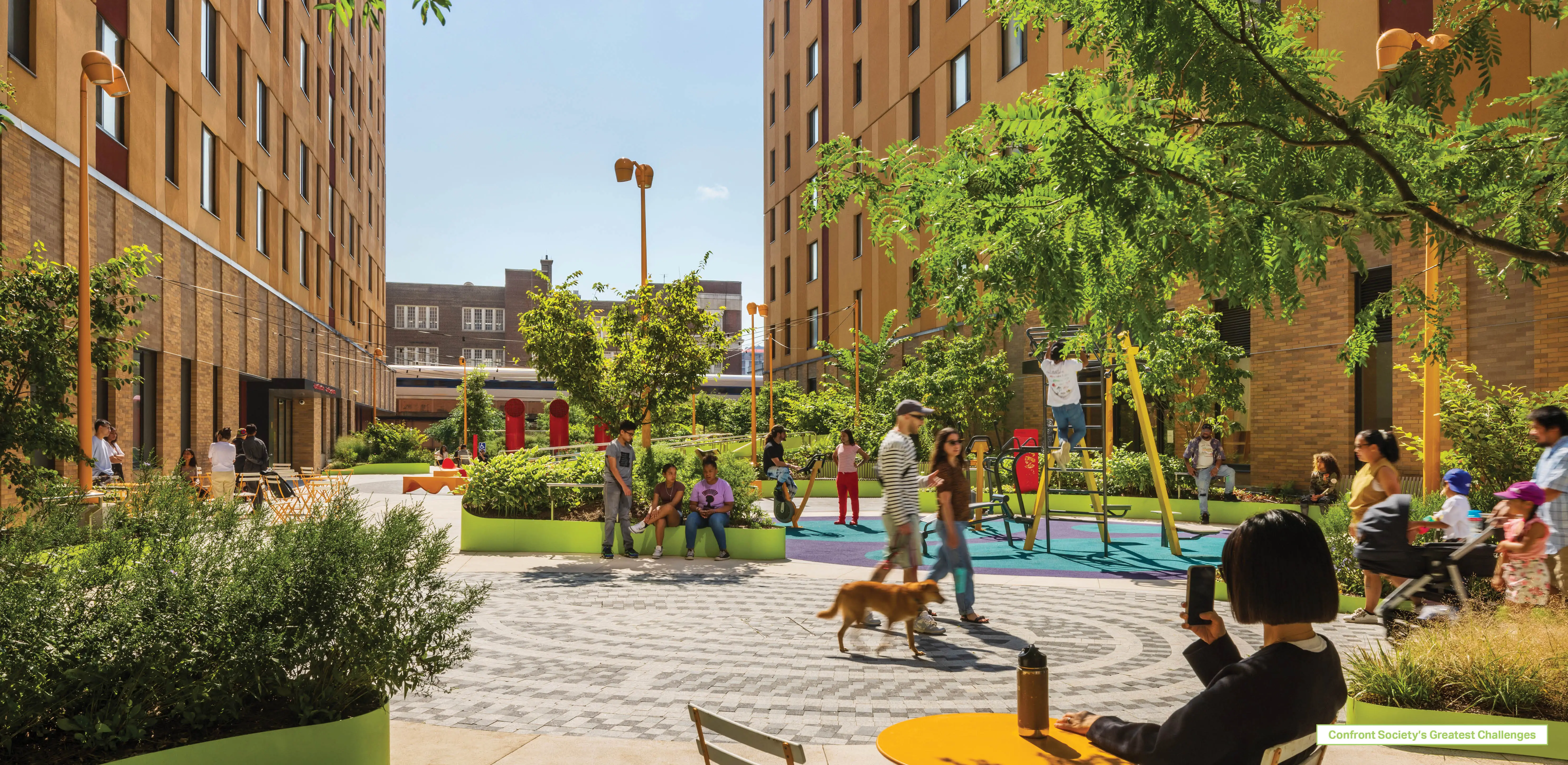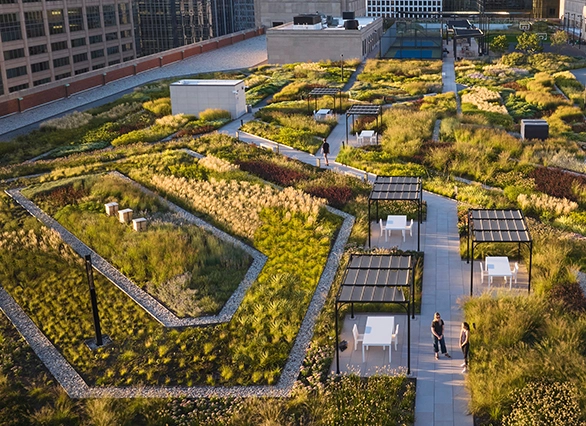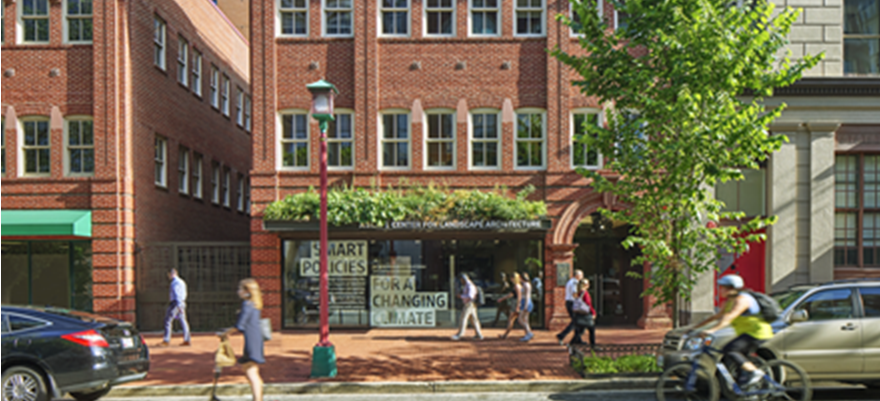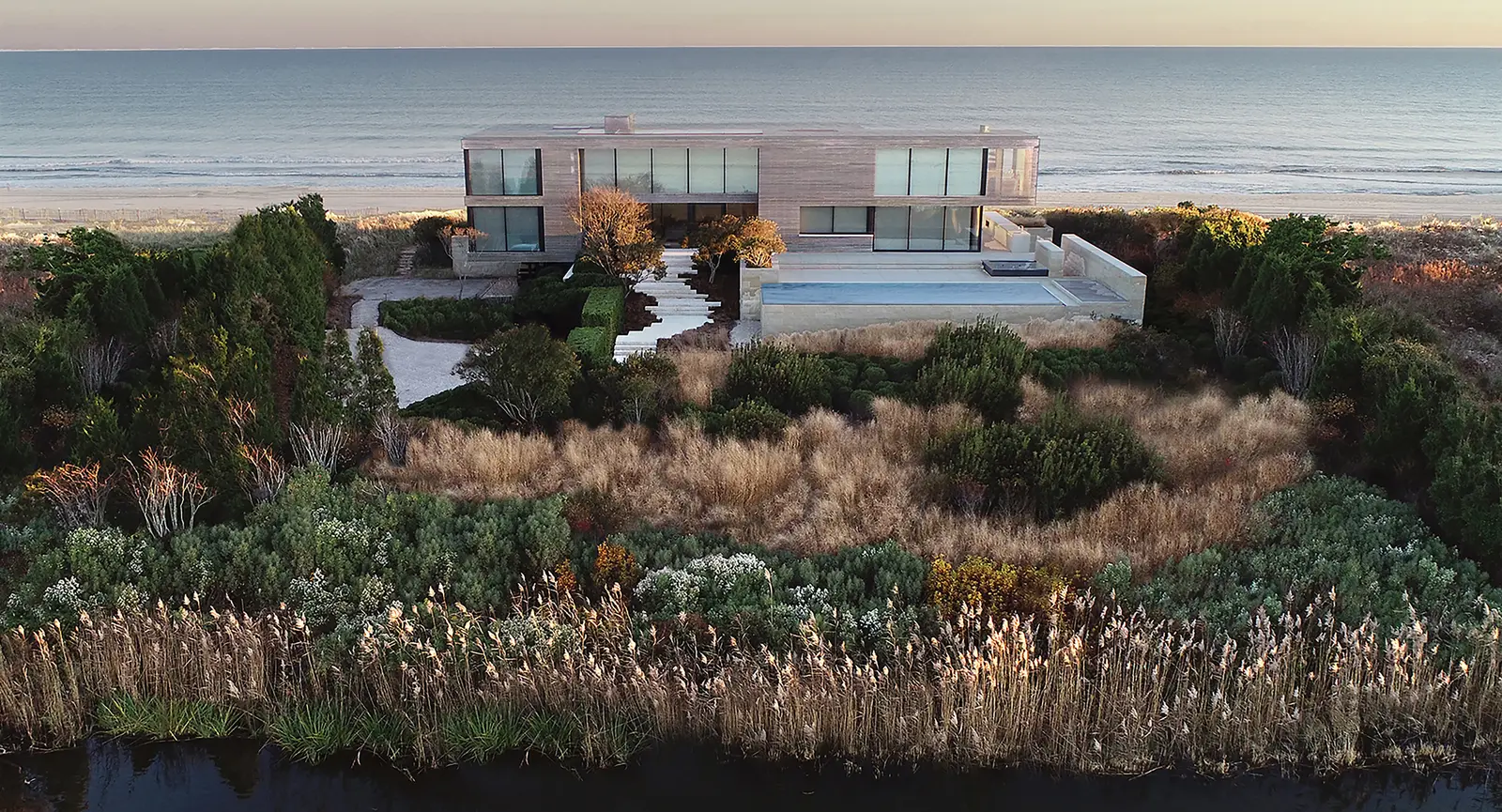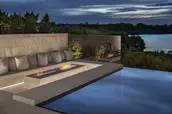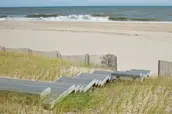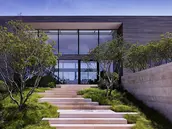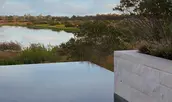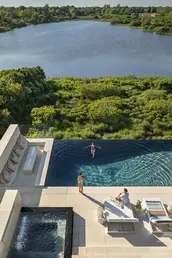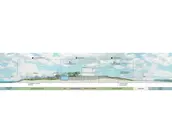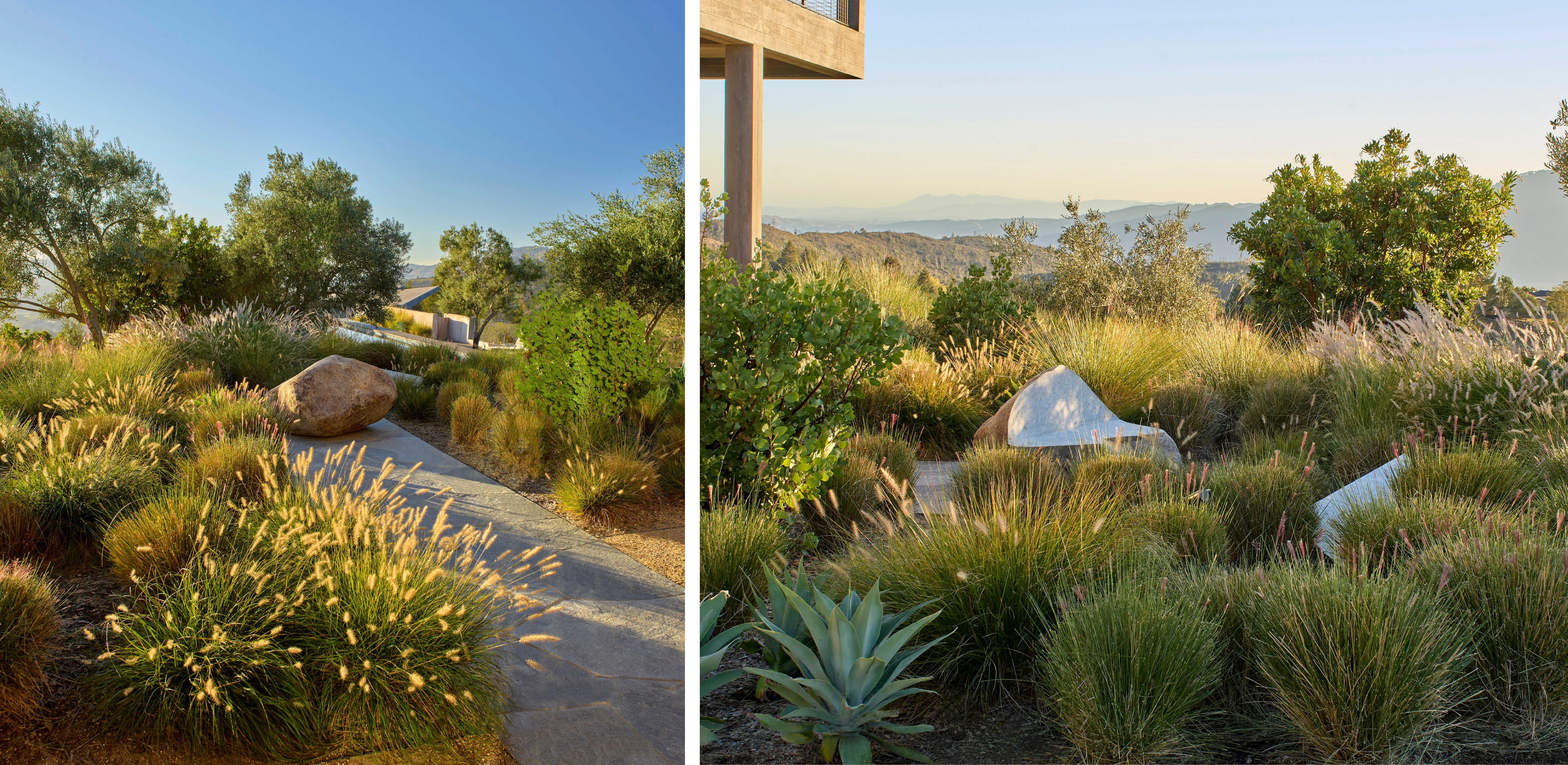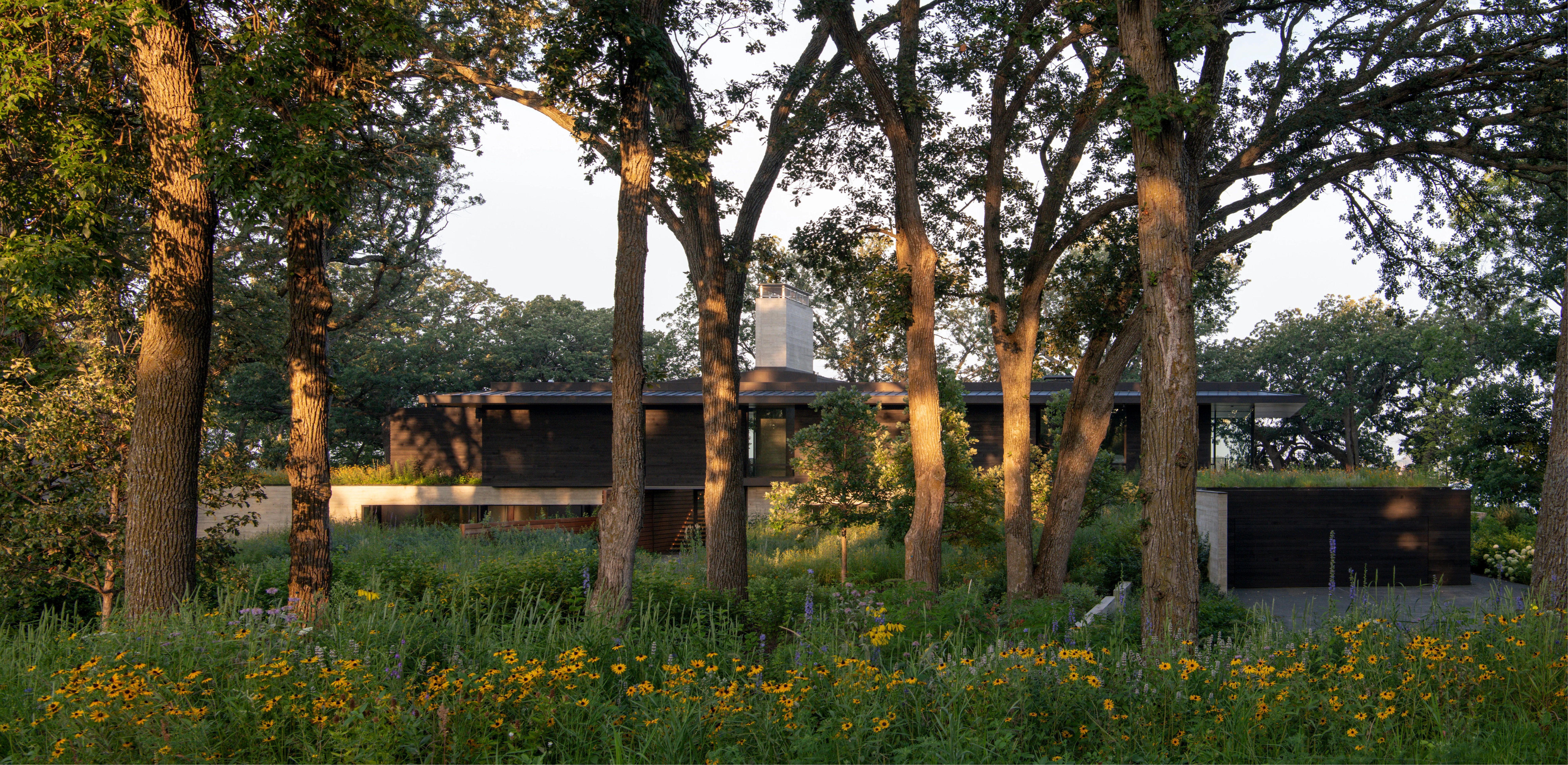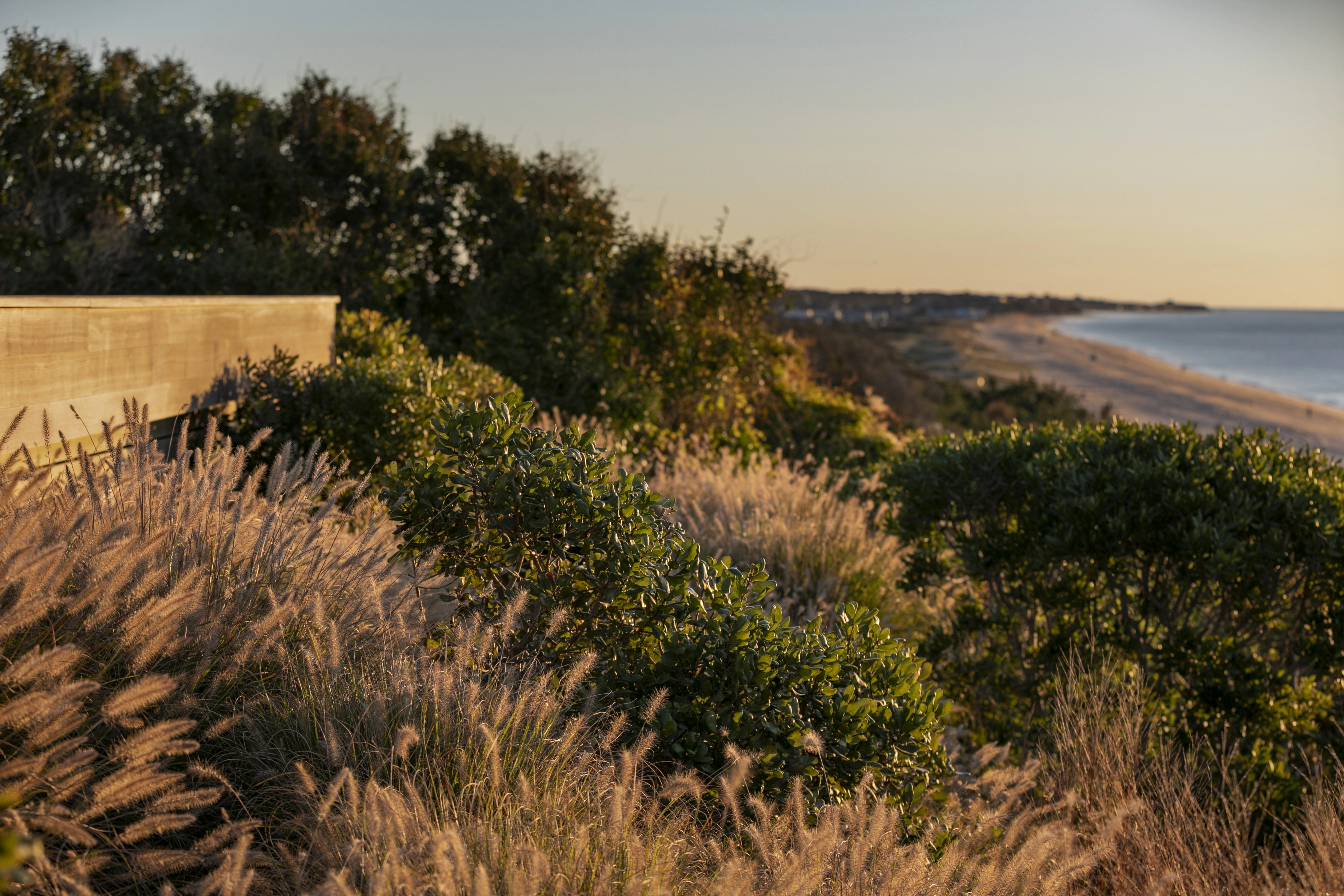Seaside
Superstorm Sandy left a seaside home more submerged in than adjacent to the ocean, but this restoration project replaces the ruined building—and the landscape supporting it—with a new artificial dune and an elevated residence to protect against future storms. Constructed of 5,000 cubic yards of reclaimed beach and planted with native species, the new dune mimics previous natural dunes and reestablishes wetland habitat along a pond edge beside the site. The new house, raised 10 feet above its predecessor’s grade, also sits further from the coastal edge, recognizing that desirable yet dangerous coastal living requires appropriate interventions in the face of sea-level rise and climate change.
Awards Jury
-
Seaside is an example of new infrastructure creating opportunity to improve and restore the natural systems of a site and its surrounding context. The project site was highlighted by a dilapidated home that was falling into the Atlantic Ocean; the result of a receding shoreline. The landscape was comprised of overgrown ornamental and invasive planting types, which had outcompeted the native plant species. The new design relies on a minimalist approach to development, that harmonizes with the natural systems of the site. Walls and terraces of limestone rise out of the grade, with a completely native planting palate blurring the lines between structure and site. The result is a project that feels appropriate in its natural setting.
-
Superstorm Sandy was a disaster of historic proportions, but at least on this site it created an opportunity. Undermining an undistinguished existing house, the storm also devastated its landscape overgrown with exotic and, all too often, invasive plantings. Redevelopment provided a chance to work with the natural characteristics of the site and shape the new infrastructure to reinforce the local ecology. A new house was built farther back from the beach. National and local agencies introduced numerous parameters for developing the property. Most significant was a FEMA requirement to raise the new residence roughly 10’ above existing grade, protecting it from future storm events. This created the potential for a disconnect between the building and landscape. The first challenge, then, was marrying these two elements. To bridge this disconnect between building and site, the concept arose to reestablish a large dune landform to the South of the new residence, physically protecting and connecting the house and surrounding ecological context. This new dunescape was created by shaping 5,000 cubic yards of local reclaimed beach sand into sinuous and undulating forms that reference the naturally created dunes, which had previously existed. The buff-colored limestone echoes the color of the beach sand and extended the lines of the house, creating a strong visual sense of integration. A sea of American Beach Grass was used to stabilize the sand, and low masses of native Beach Plum and Bayberry were layered in, providing deeper root structure to strengthen the dune. Recognizing the environmental significance of this undertaking, a similar restoration effort was implemented along the freshwater edge of Fairfield Pond, situated north of the site. Carefully preserving native plant communities and habitat; soil and debris were removed by hand. A new diverse matrix of native wetland plants including High Bush Blueberry, Inkberry, switch Grass and Spartina Grass were used to reestablish the wetland edge and upland buffer between the house and pond. Understanding the significant impact of restoring these natural systems, a conscious decision was made to use only native plants for the entire project, even in areas were ornamental planting would be permissible. Wild field-collected specimens of native Shadblow, Bayberry and Winterberry were located, serving as prominent features in the design. Carex Pensylvanica was creatively reimagined as a tailored groundcover, used in place of ornamental alternatives. By electing to showcase these native plant options, the landscape became a sustainable part of the larger environmental context; improving water quality, creating habitat, bio-diversity and reducing water and energy consumption.
-
- Stelle Lomont Rouhani Architects - Architect
- Julie Hillman Interior Design - Interior Designer
- Seascape Partners LLC - General Contractor
- Renner Landscaping - Landscape Contractor
- Orsman Design - Lighting Design
- Inter-Science Research Associates - Consultant
- Southampton Engineers - Consultant
- MOE Masonry - Masonry
- Peconic Tree & Lawn Care - Landscaping
- Pelican Pools - Pool & Spa
- First Coastal Contruction - Wetland Restoration
- Precision Stone - Masonry
- Autogate - Gate Contractor
-
- Drainage/Erosion
- Wood Lathe Beach Fencing for Dune Establishment
- Fences/Gates/Walls
- Domestically Quarried Dolomitic Valders Limestone Cladding
- Irrigation
- Netafim Crip Emitter Irrigation
- Hunter Irrigation Clock
- Lumber/Decking/Edging
- Cold Rolled Steel Driveway Edging
- Ipe Gate & Staircase Cladding
- Structures
- Ecosmart Ethanol Clean Burning Fire Tray
- Water Management/Amenities
- Jandy Ozone Pool Water Filtration System (EPA Approved)
- Soils
- Locally Sourced and Site Blended Planting Mix
- Locally Sourced Clean Beach Sand
- Hardscape
- Domestically Quarried Dolomitic Valders Limestone Paving
- Lighting
- Hadco LED L Stick Path Lighting (Dark Sky Compliant)
- Nicheless Jandy LED Pool Lights
- Drainage/Erosion
-
- Shadblow / Serviceberry
- Tupelo
- Black Cherry
- Inkberry
- Bayberry
- Bayberry (specimen)
- Eastern Groundsel
- Winterberry
- High Bush Blueberry
- Arrowood Viburnum
- Beach Plum
- Pennsylvania Sedge
- Broom Sedge
- Little Blue Stem
- Switchgrass
- American Beach Grass
- Saltmeadow Cordgrass
- Red Fescue
- Big Bluestem

.webp?language=en-US)
